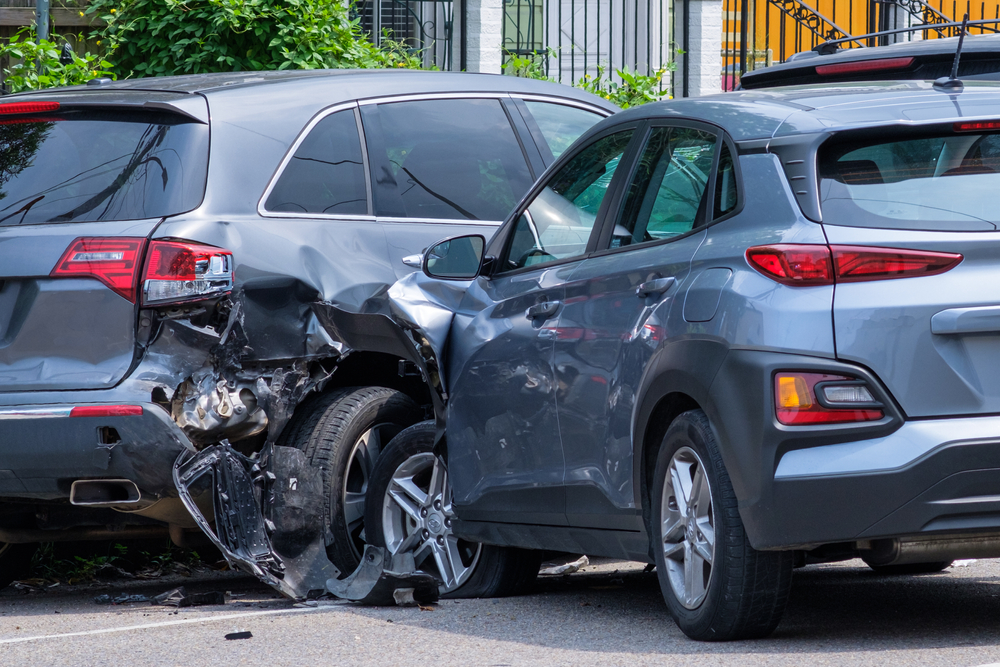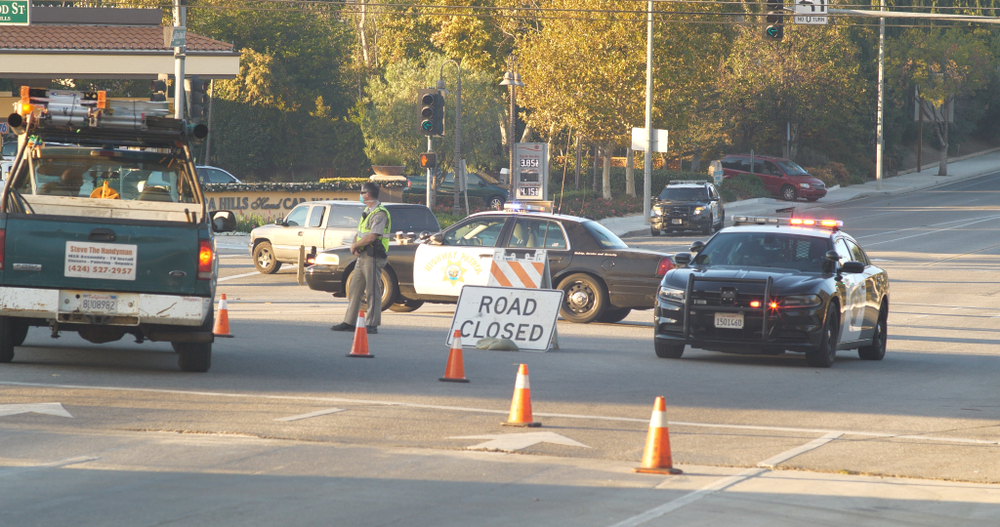
California Comparative Negligence Explained: How Shared Fault Impacts Car Accident Claims
Understanding Pure Comparative Negligence and Compensation in California
Understanding Comparative Negligence in California
In California, the legal concept of comparative negligence plays a crucial role in determining liability and compensation in car accident cases. Unlike some states that follow a strict liability model, California allows for shared fault among parties involved in an accident. This means that if multiple parties contribute to an accident, each party's level of fault will be assessed, and compensation will be adjusted accordingly.
How Comparative Negligence Works
California follows a pure comparative negligence system. This means that even if you are found to be partially at fault for an accident, you can still recover damages. However, your compensation will be reduced by your percentage of fault. For example, if you are awarded $100,000 in damages but found to be 30% at fault, you would receive $70,000.
Key Elements of Comparative Negligence
Determining Fault: The first step is to establish the degree of fault for each party involved in the accident. This can involve gathering evidence, witness statements, and expert opinions.
Calculating Damages: Once fault is determined, the next step is to calculate the total damages incurred, including medical expenses, lost wages, and pain and suffering.
Adjusting Compensation: Finally, the compensation amount is adjusted based on the percentage of fault assigned to each party.
Examples of Comparative Negligence
To illustrate how comparative negligence works, consider the following scenarios:
Scenario 1: Two cars collide at an intersection. Driver A runs a red light, while Driver B is speeding. If Driver A is found to be 70% at fault and Driver B 30%, Driver A will be responsible for 70% of the damages incurred by Driver B.
Scenario 2: A pedestrian is hit by a car while crossing the street. If the pedestrian was jaywalking and found to be 40% at fault, they can still recover 60% of their damages from the driver.
The Role of Insurance Companies
Insurance companies play a significant role in the comparative negligence process. They will conduct their own investigations to determine fault and may attempt to minimize their payout by arguing that the injured party shares a greater percentage of fault. It is essential to be prepared with evidence and documentation to support your claim.
When to Consult an Attorney
Given the complexities of comparative negligence, it is advisable to consult with an experienced attorney if you are involved in a car accident. An attorney can help you navigate the legal process, gather evidence, and negotiate with insurance companies to ensure you receive fair compensation.
Conclusion
Understanding California's comparative negligence law is vital for anyone involved in a car accident. By knowing how fault is determined and how it affects compensation, you can better protect your rights and interests. If you have questions about your specific situation, consider reaching out to a qualified attorney for guidance.
Frequently Asked Questions about Comparative Negligence in California
What is comparative negligence?
Comparative negligence is a legal doctrine that allows for the allocation of fault among multiple parties involved in an accident, affecting the amount of compensation each party can recover.
How does California's comparative negligence law work?
In California, each party's percentage of fault is determined, and compensation is adjusted accordingly. Even if you are partially at fault, you can still recover damages.
Can I recover damages if I am found partially at fault?
Yes, under California's pure comparative negligence system, you can recover damages even if you are partially at fault, but your compensation will be reduced by your percentage of fault.
What should I do if the insurance company blames me for the accident?
Gather evidence to support your claim, such as photographs, witness statements, and police reports. Consider consulting an attorney to help negotiate with the insurance company.
How can an attorney help with a comparative negligence case?
An attorney can assist in gathering evidence, determining fault, negotiating with insurance companies, and ensuring you receive fair compensation based on your level of fault.
Browse Other Articles for "Car Accidents" in California:
Start Your FREE Consultation
Complete the form for a Free Consultation. No upfront fees, swift action, and we're only paid when we succeed for you.
Ask Us If You Qualify
We’re here to help you take on your fight—whether it’s a car accident, a dangerous drug, or a workplace injury gone wrong. One call starts it all, and we’re with you every step, no upfront cost required.
- Free Case Review
- No Fees Until Victory
- Millions Recovered
- Personal Strategy
- California Coverage
- Relentless Case Pursuit






